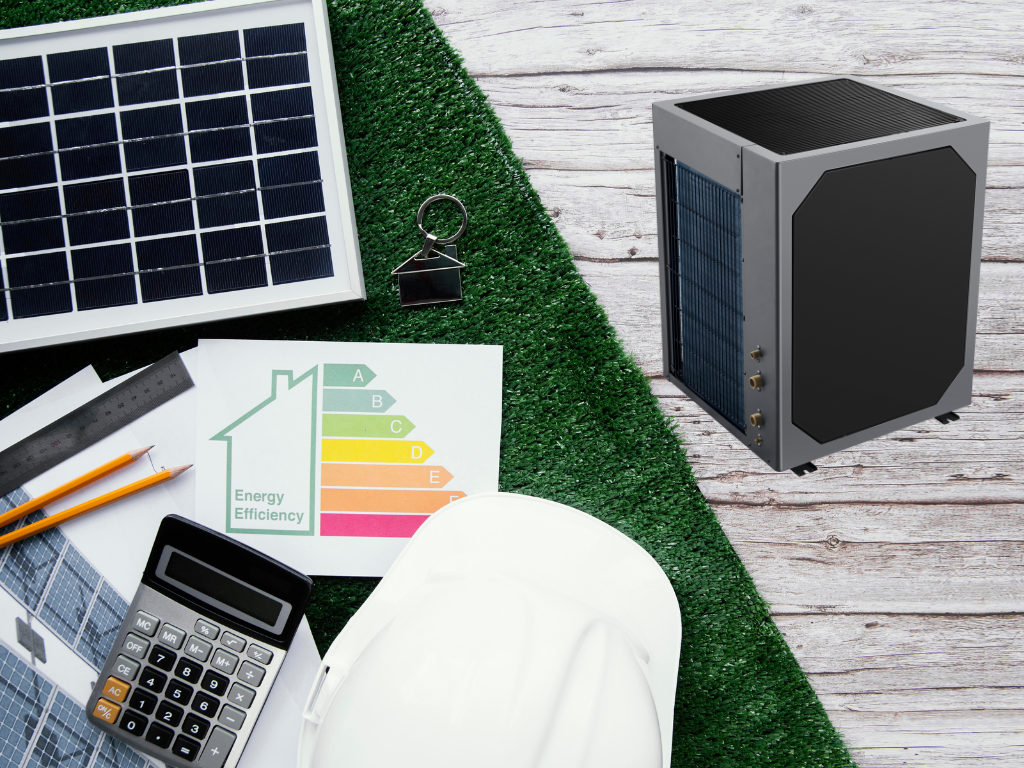As of the second half of 2024, household electricity prices in Europe are showing signs of stabilization after the steep increases caused by the 2022 energy crisis. However, prices still vary significantly between countries and remain higher than pre-crisis levels.
According to the latest Eurostat data, the average residential electricity price across the EU (including taxes and charges) is €0.287 per kWh, equivalent to approximately £0.25 per kWh. This average masks a wide range of prices depending on national energy policies, taxation levels, and energy mix strategies.

Germany remains the country with the highest electricity prices in Europe, reaching approximately €0.39/kWh (around £0.34/kWh). This is largely due to Germany’s energy transition policy (Energiewende), which includes high renewable energy surcharges and grid fees.
Denmark also has high residential electricity rates at around €0.31/kWh (£0.27/kWh), driven mainly by taxes and environmental surcharges to fund clean energy projects.
On the other end of the spectrum, Hungary offers one of the lowest household electricity rates in the EU, at just €0.091/kWh (£0.08/kWh), thanks to heavy government subsidies and market regulation.
In the UK, as of early 2025, household electricity rates are about £0.27/kWh (€0.31/kWh). Additionally, UK electricity bills include a daily standing charge of roughly £0.54, making total household energy costs even higher than in many EU countries.
Several key factors contribute to the price disparity:
The air source heat pump (ASHP) is one of the most energy-efficient technologies available for residential heating and hot water production. Despite regional variations in electricity costs, ASHPs can significantly reduce total heating expenses when compared to traditional heating systems like gas or oil boilers.
While high electricity prices may raise concerns about operating costs, the overall cost-effectiveness of heat pumps remains strong in most regions due to:
In fact, in countries like Germany or Sweden—despite their higher electricity prices—heat pumps are still widely adopted due to strong government support and long-term savings potential.
Although electricity prices across Europe are more stable in 2024 than in the past two years, they continue to influence consumer behavior and the pace of clean energy adoption. Technologies like air source heat pumps will play a critical role in Europe’s effort to decarbonize buildings, especially as governments push for greater energy efficiency and fossil fuel phase-out.
For homeowners, understanding national electricity price trends is essential for making informed energy decisions—whether it’s investing in a heat pump, upgrading insulation, or integrating smart thermostats.